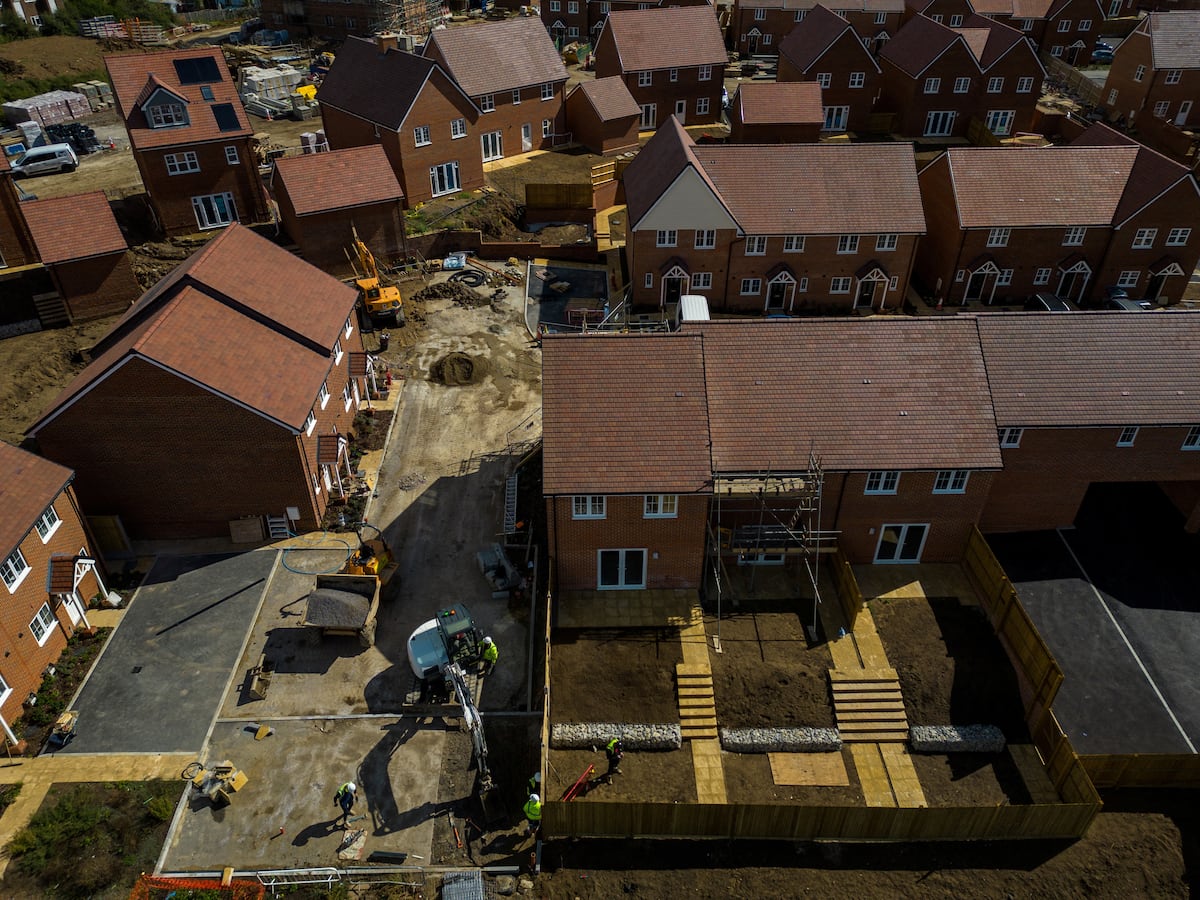Prices have risen by 54% in the United States, 32% in China and nearly 15% in the European Union between 2015 and 2024. Though policies have been implemented to increase supply and regulate rentals, their impact has been limited and the problem is getting worse
Housing access has become a critical issue worldwide, with cities that were once accessible reaching unsustainable price points. Solutions that have been proposed, like building more houses, capping rents, investing in subsidized housing and limiting the purchase of properties by foreigners have not stemmed the issue’s spread. Between 2015 and 2024, prices rose by 54% in the United States, 32% in China and by nearly 15% in the European Union (including by 26% in Spain), according to the Organisation for Economic Co-operation and Development.
…
Salaries have not grown apace with real estate prices. In the EU, the median rent rose by 20% between 2010 and 2022, with rental and purchase prices growing by up to 48%, according to Eurostat. Underregulated markets are wreaking havoc, and in the United States and Spain, 20% of renters spend more than 40% of their income on housing, while in France, Italy, Portugal and Greece, that percentage varies between 10% and 15%, according to the OECD. Many countries have created programs aimed at increasing the future supply of public housing, but their effectiveness has yet to be determined and analysts say that results will be limited if smarter regional planning decisions are not made.



The existence and purchasing power of the minimum wage is applicable to the working class and the poor, not the middle class unless your theory is that there is no such thing as a working class or poor and “middle class” starts at the bottom of pay scale, which would be strange given that being “middle class” at least back in the 60s was about what kind of work people did and were did they sit in the income scale relative to other people (hence the word “middle”) - so office workers back then were typically middle class whilst blue collar workers were typically working class, both due to the latter doing “manual” work unlike the former and having a lower income relative to the former.
That explains why I misunderstood your point as meaning that the minimum could not buy all that much, which per your clarification in this post is not what you meant.
Granted, compared to today, the working class of the 60s had more purchasing power than much if not most of today’s so-called middle-class.
The previous poster’s point wasn’t that there wasn’t a middle class, it was that blue collar workers and traders aren’t middle class which would be correct per the definition of “middle class” I provided in the 1st paragraph of this post.
Talk to the people who were around at the time, or look at books or essays.
Archie Bunker was often cited as a ‘middle class’ figure.